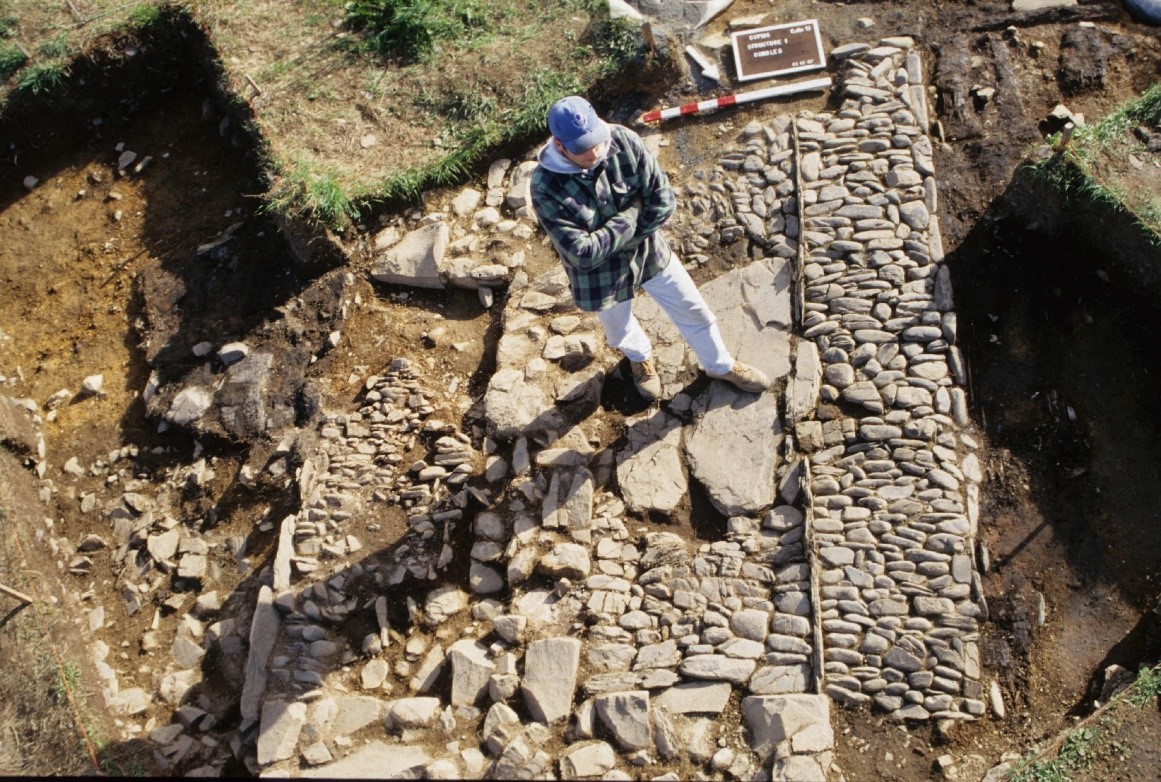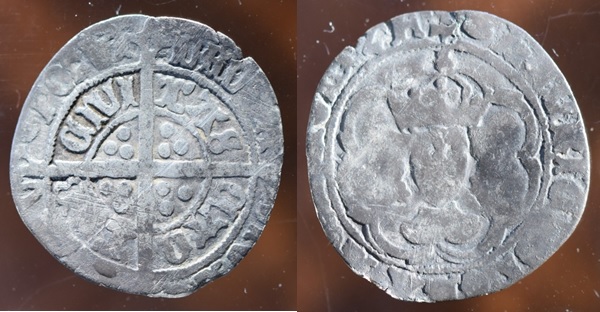Unearthing Cupids Cove Plantation

The cobblestone floor inside the 1610 dwelling house at Cupids Cove Plantation Provincial Historic Site. Photo Credit: William Gilbert
Cupids Cove Plantation is an active archaeological site that has been reconstructing the lives of 38 settlers who, in 1610, established the first permanent British settlement in what would later be called Canada. Located in the town of Cupids, Newfoundland, the traditional territory of the Beothuk and the Mi’kmaq, it was only in 1995 that a team of Archaeologists uncovered the 400-year-old site.
“Although people had known that the original colony was in Cupids, and they had known that since the 1880s, they had never been able to pinpoint it” says William Gilbert, Site Supervisor and Chief Archaeologist of the Plantation.
Gilbert, who led the original archaeological project in 1995, made use of a collection of early letters and diaries written between 1611 and 1613 by John Guy and Henry Crout, two prominent settlers at Cupids, to pinpoint the location of the original settlement.
“In a letter he wrote in May of 1611, John Guy mentions that the plantation was 12 score from the lake…a score is a distance of 20 paces, and we know the lake was referring to Cupids Pond. So, we knew the approximate distance of the site relative from the pond.” Explained Gilbert, providing one example of how the written record helped define a boundary of about half a kilometer in which to carry out an Archaeological survey.

Left: Clay tobacco pipe (1590-1610) Right: Part of a Raeren stoneware jug (circa 1630) | Photo Credit: William Gilbert
Less than two weeks into their survey, the team began finding a variety of materials all dating to the 17th century, including clay pipe bowls, and fragments of Raeren stoneware. Critical to the early identification of the site was the discovery of a dwelling house believed to have been built by John Guy in 1610, found at the center of the site. “We’ve basically been expanding the excavations out from that ever since,” notes Gilbert.

A Henry VII silver half groat (1493-1499) discovered in 2021 | Photo Credit: William Gilbert
Each year, exciting new finds provide greater insight into the lives of these early English Settlers. To date, archaeologists have uncovered the remains of four early 17th-century buildings and more than 135,000 artifacts. In 2021, the Cupids Cove plantation site made international headlines with the unearthing of one of the oldest English coins to be found in North America. Paul Berry, former curator of the Bank of Canada’s Currency Museum, identified the coin as minted in Canterbury, England between 1493 and 1499, which would suggest it was in circulation for over a century before it’s arrival in Cupids.
Each summer, Cupids Cove Plantation welcomes visitors, who can learn firsthand about the history of the site through a guided tour by an Archaeologist or by visiting the Cupids Legacy Centre, a museum housing many of the site’s artifacts.
Cupids Cove Plantation is part of the Trust’s Passport Places program, a National Trust membership benefit that provides free access to 100 historic places in Canada, as well as 1000+ National Trust places abroad. Become a member today!

